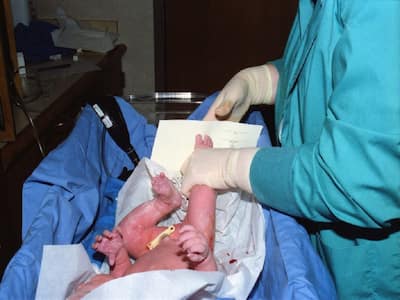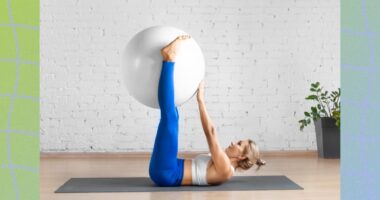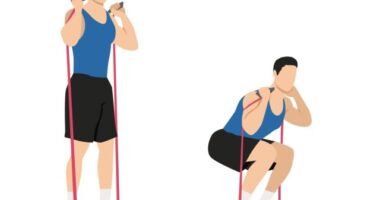
Postpartum hemorrhage is a major cause of maternal death. Read on to know what causes postpartum bleeding and how it is treated.
Shortly after childbirth, a woman’s uterus contracts and closes off the blood vessels that nourish the placenta. When uterus doesn’t contract properly after delivery, a woman can experience severe vaginal bleeding, called Postpartum hemorrhage (or postpartum bleeding). It’s a rare but serious condition. Postpartum hemorrhage is a leading preventable cause of maternal morbidity and death.
Treatment of postpartum hemorrhage
Different methods are used to stop postpartum bleeding such as uterine massage, medication to stimulate uterine contractions, blood transfusion, uterine artery embolization. In rare cases, surgery may be required to stop the bleeding and, if needed, removal of the uterus. However, the available treatment options are not ideal for all patients.
Some of the drugs used to treat Postpartum hemorrhage are not safe for patients with hypertension or asthma. If medication isn’t an option or doesn’t work, the doctor may use a balloon-like tamponade device to put pressure on the uterine wall to control bleeding. While this treatment method has a high success rate, it causes a lot of discomfort for the patient. The balloon is inserted into the uterus, where it is often kept for 12 to 24 hours until the uterus is contracted properly.
New tool for managing postpartum bleeding
A new intrauterine device that uses low-level suction to promote uterine contractions is seen as a promising tool in managing postpartum bleeding. Approved by the US FDA in 2020, this device can rapidly control postpartum hemorrhage on a wider range of patients.
In a new study by obstetricians from Columbia University, the device succeeded in controlling hemorrhage in 93% of patients who delivered vaginally and 84% who delivered by cesarean. The results were recently in the journal Obstetrics & Gynecology.
In the previous clinical trial, the device was able to control bleeding successfully in a median of 3 minutes in more than 100 patients who were experiencing relatively minor blood loss after childbirth. The device was removed about 3 hours after insertion. The success of the trial led to the FDA approval.
READ RELATED: What Happens to Your Body If You Drink Tea Every Day
The new study, which included more than 800 women giving birth at 16 hospitals, including patients who had a preterm birth. In most patients, bleeding was brought under control within 5 minutes of the device insertion.
The obstetricians noted that most patients had been treated with medications to manage postpartum bleeding before device insertion. They recommend using the new intrauterine device when medications fail. However, the device is a critically important tool for patients with underlying conditions who cannot be treated with the available medications, they added.
Conclusion
Early recognition and timely intervention are crucial in managing postpartum hemorrhage and preventing potentially life-threatening complications.
Total Wellness is now just a click away.
Follow us on
Don’t Miss Out on the Latest Updates.
Subscribe to Our Newsletter Today!
window.addEventListener(‘load’, (event) => {
$(‘#commentbtn’).on(“click”,function(){
(function(d, s, id) { var js, fjs = d.getElementsByTagName(s)[0]; if (d.getElementById(id)) return; js = d.createElement(s); js.id = id; js.src = “//connect.facebook.net/en_US/sdk.js#xfbml=1&version=v2.3”; fjs.parentNode.insertBefore(js, fjs);}(document, ‘script’, ‘facebook-jssdk’));
$(“.cmntbox”).toggle();
});
});









